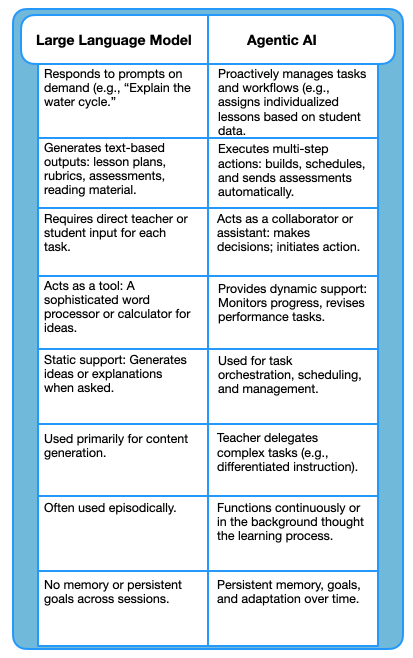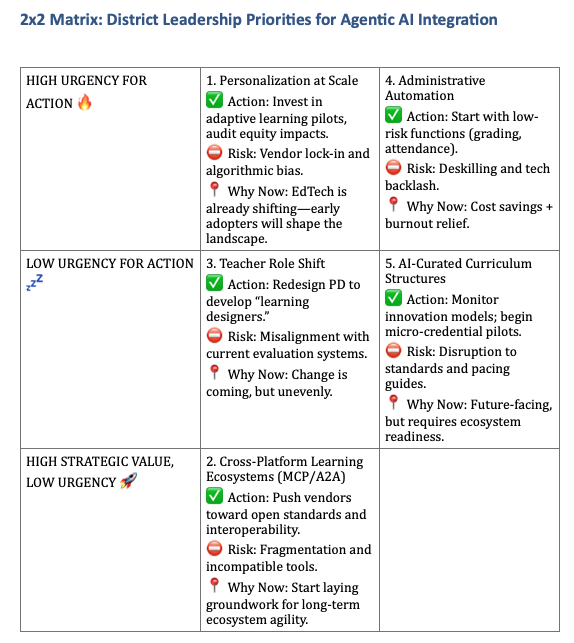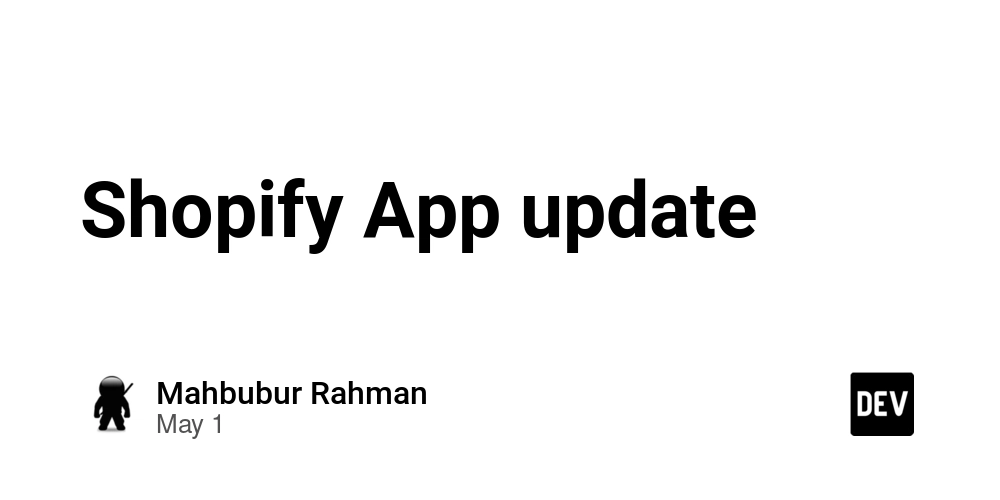AI Agents Are Coming to a Classroom Near You
AI agents in education offer personalized learning, but require administrators to ensure equity, privacy, and proactive policy creation. The post AI Agents Are Coming to a Classroom Near You appeared first on Getting Smart.

One of the dirty little secrets of being an “expert” in a field such as classroom use of AI is that you develop much of your expertise by facilitating workshops and speaking at conferences, where you learn from the daily experiences of classroom teachers.
A dozen workshops and presentations this year have taught me that K-12 teachers are starting to get a handle on how to use generative AI to design lessons, projects, and assessments. They are aware that the burden of creating AI policies mostly falls on their shoulders. Good for them. I am cheered by their use of the tools and by their willingness, once again, to forge a path that forces administrators to create policies to support work in the trenches.
What teachers and administrators alike are ill-prepared for is the invasion of AI agents, which will arrive in many classrooms for the start of the 2025-26 school year. In fact, just this month, Tennessee jumped the starting gun and began deploying an agentic platform called Kira in partnership with the state’s STEM Innovation Network. Nationally, this process will be greatly accelerated by the new federal policy on AI implementation in K-12 education.
This, my friends, is an attempt to provide a primer on AI agents and offer some possible use cases that will benefit both students and teachers.
What’s an AI agent?
I’m pretty sure you know what a large-language model (ChatGPT, Claude, Gemini, Grok, Co-PIlot, etc) is capable of doing in the hands of teachers and students. Think of agents as a super-charged large-language model (LLM) that has a really good memory, the ability to engage in forward planning independent of your guidance, and knows how to use the tools at its disposal to get a job done with little to no human oversight.
Here’s an example: You could prompt ChatGPT to create a customized lesson plan for a struggling Algebra I student, spend some time curating resources that will help that student, then engage that student in a tutoring session where you can directly observe and assess their learning. Even with an assist from AI, that is a lot of work for you. Now repeat that for the 45-100 students who need your help.
An AI agent (using a technical process called Model Context Protocol or A2A), could organize content from past assignments, textbooks, and multimedia resources to create targeted practice problems, alternative explanations, tutoring sessions, and timely actionable feedback. Scary, but intoxicating, isn’t it?
Here’s another example: Several of the students in your 10th grade English class are struggling with the writing process. An agentic AI can analyze the draft of a student’s research report, identify knowledge and skill gaps, pull relevant resources from all the available resources, and then create standards-based micro-lessons to support the student.
Primary Use Case for AI Agents: Personalization
We have already seen the power of generative AI through its ability to create personalized curriculum at scale and at speed. AI Agents will accelerate that process because they will be able to use assessment data to identify individual learning gaps, curate resources, generate learning experiences, and provide tutoring geared toward the needs of every learner. This analysis occurs in real time and powers automatic personalization.
Special needs students learn under the aegis of an Individualized Education Program (IEP). Teachers, parents, and students know that the creation and modification of an IEP is a time- and labor-intensive process. Scaling Personalized Learning Paths (basically, an IEP for the general ed population) is simply impractical—until now. AI agents can easily create these plans, focusing not just on content but also on pace.
AI agents, due to their ability to work with multiple tools, allow students to transition coherently from one activity or modality to another. The student could be watching a video for 10 minutes, switch to reading a passage in a digital textbook, get advice from an AI tutor, and then play a learning game in an approved app. The agent will remove friction from this process, record progress, and monitor future learning experiences accordingly.
Recent data indicates that classroom teachers use an average of 49 different ed tech tools each school year. Few of these tools feature interoperability, which means the student data sits in silos. AI agents offer the possibility of knocking down those walls and allowing the tools to work together in concert to improve learning.

What Administrators Need to Know and Do
The statistics on the development of AI use policy at the district and state level are pretty gruesome. According to the Center on Reinventing Public Education, only 20% of U.S. school districts and 15 states (with 11 more in the works) have AI use policies.
The feet-dragging over AI use policies cannot occur with the advent of AI agents. They are simply too powerful. Here is some advice for administrators:
- Start with high-impact, high-urgency areas such as personalization and automation, but do this with a tight focus on equity, bias, and privacy. Engage deeply with your teaching staff and empower the folks in the classroom.
- Push for interoperability (the topic I mentioned before). Teachers on average have access to 49 different ed-tech tools; school districts on average access more than 2,700 ed-tech tools. That is a lot of silos.
- Teacher use of AI is exploding, but professional development opportunities are moving at a snail’s pace. As an administrator, you risk losing control of the process if you allow your practitioners to create de facto policies through use.
- Be proactive. Your AI use policy teams (see this handy readiness guide from CoSN and the Council of Great City Schools) need to have the metabolism of a hummingbird. The technology, literally, evolves every week and your policy must keep pace.
Note: See the graphic/table below for a simplified action plan.

Hard Questions
Any Local Education Agency (county, RESA, district, IU, etc.) that begins the process of adopting AI agents should ask itself some hard questions, among them:
- Who decides the type and nature of the resources that AI agents suggest? Whose pedagogical values are embedded in these resources or the tutoring sessions and lesson plans?
- How are these agents optimized? Are the AI agents trying to earn more money for the tech companies by recommending commercial products/resources? Are the AI agents focused on increasing student engagement (think YouTube) to the detriment of learning?
- What is the cost structure for the AI agents? Will existing inequalities be exacerbated by agents that come at a higher price in exchange for better resources?
- Will the AI agents deepen the passivity of students and make them simply consumers of educational content or will the agents require students to be co-constructors of knowledge? Will the AI agents in fact enable the agency of students?
Final Thoughts
My former high school classmate Geoffrey Chaucer once wrote that “Time and tide wait for no man.” Here is my updated version (sorry, Geoff, old buddy): “Time and tide and generative AI wait for no man.”
We can lament the rapid changes wrought by AI to our beloved profession, but AI really doesn’t care. Neither do our students. AI agents are arriving in your school this year and you had better be prepared.
The risks are great, but so too are the rewards. For the first time ever, we have technology that can create personalized (adaptations driven by the system) learning experiences for every child via a process that doesn’t drive teachers into early retirement from overwork. The 1999 film The Matrix presciently featured a life-and-death struggle between human agents and AI agents. Get out your sunglasses and trench coat, and then loosen up your back muscles. You’re gonna need to be flexible.
The post AI Agents Are Coming to a Classroom Near You appeared first on Getting Smart.












































































